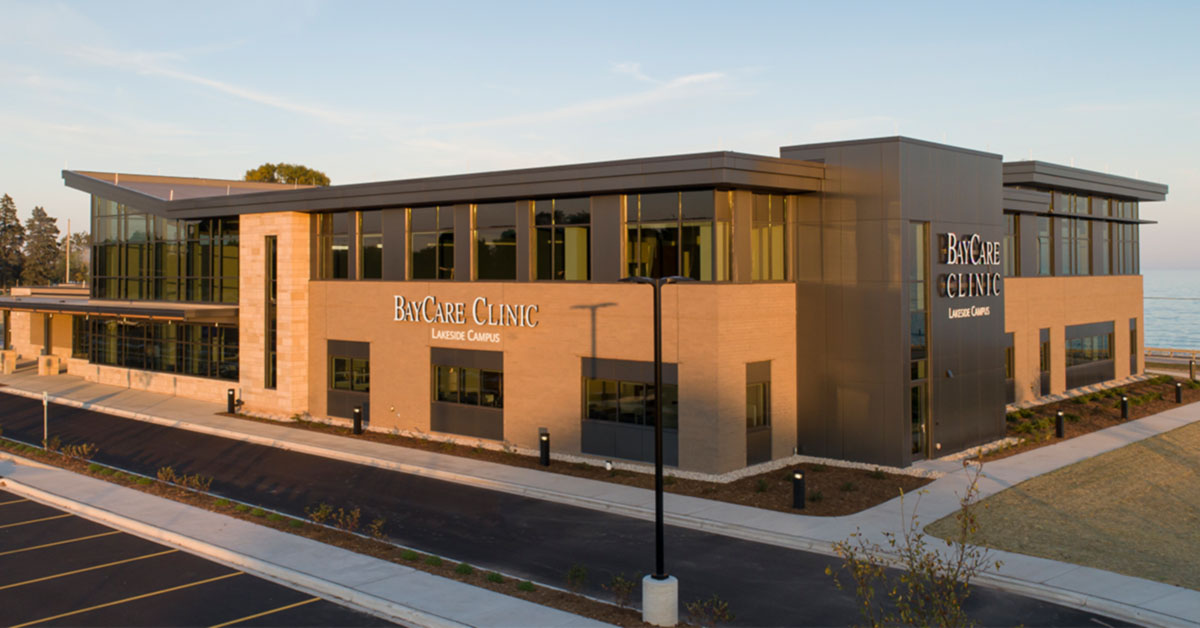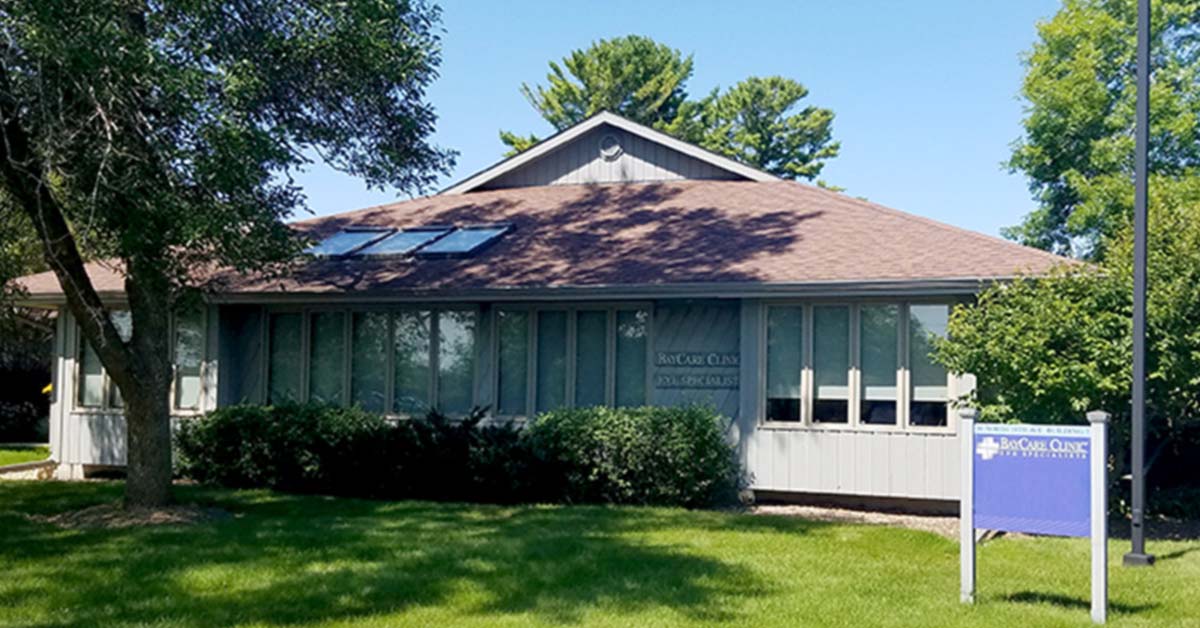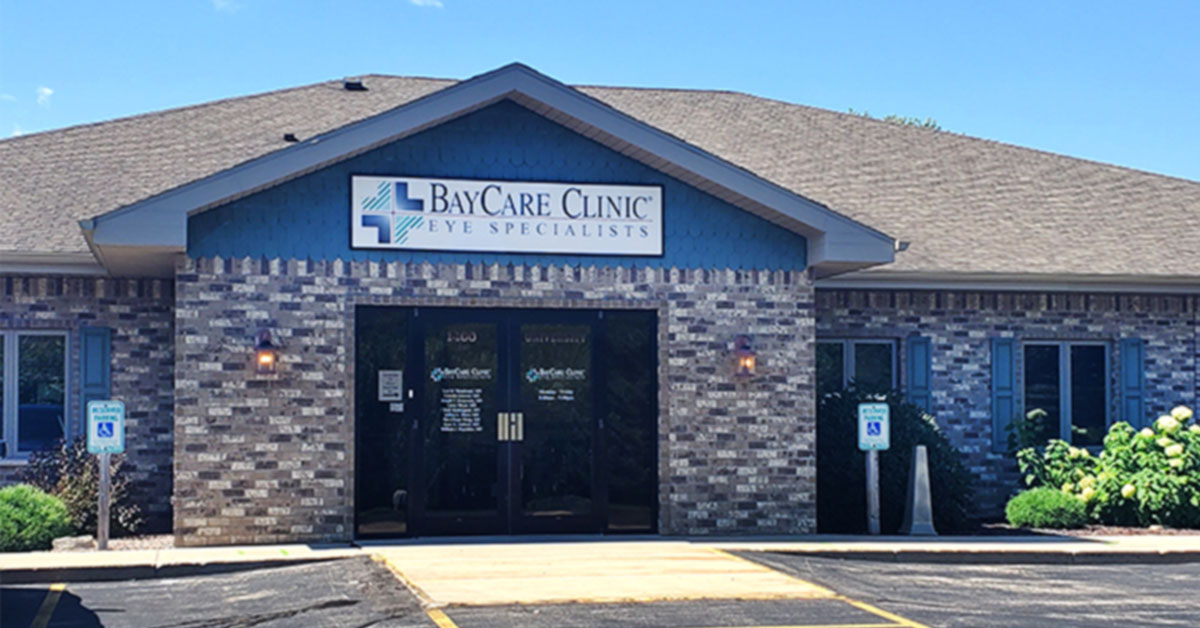Glaucoma
Eye Specialists
Specialized in diagnosing and treating glaucoma
BayCare Clinic Eye Specialists diagnoses and treats glaucoma, an eye disease that causes irreversible damage to the optic nerve.
Glaucoma is caused by pressure in the eye. This can be caused by an overproduction of fluid or insufficient drainage of fluid within the eye.
Glaucoma can cause nerve damage, vision loss or blindness if left untreated. There is no cure for glaucoma, but treatment can control eye pressure and stop further vision loss.
Who gets glaucoma?
Glaucoma can affect anyone. Risk factors include a family history of the disease, African or Latino ancestry, age, past eye injuries and the prolonged use of corticosteroids.
Anyone over age 40, particularly those with high risk factors, should be screened for glaucoma.
Glaucoma is the world's second-leading cause of blindness.
How is glaucoma diagnosed?
Regular eye exams, early detection and treatment are critical to preserving vision. Glaucoma may develop over years or decades. Some people lose a significant amount of vision to glaucoma before any symptoms become apparent.
A glaucoma exam performed by an ophthalmologist includes a complete medical and eye history. Specific attention is paid to the eye’s anatomy, the optic nerve and the visual field. Our specialists use optical coherence tomography (OCT) imaging and Humphrey visual field testing to diagnose and monitor glaucoma.
People with glaucoma typically visit their specialist two to four times per year to manage their condition. An ophthalmologist closely monitors the visual field, which is the most precise way to measure visual function. The number of visits depends on the severity of the condition or the degree of eye damage.
What are the types of glaucoma?
There are many types of glaucoma.
They include:
- Open-angle glaucoma, the most common form. Symptoms and vision loss may not be noticed until permanent damage has occurred.
- Closed-angle glaucoma is less common than open-angle glaucoma. It can develop quickly and may require immediate medical attention. The space between the iris and cornea closes or becomes compressed. In acute episodes, symptoms are vision loss or pain from a sudden increase in eye pressure caused by blocked drainage canals.
- Pigmentary glaucoma is associated with pigment cells flaking off from the back of the iris and floating into the clear fluid in the eye. This can damage and obstruct drainage canals, increasing eye pressure.
- Neovascular glaucoma, which is caused by tiny blood vessels developing on the iris and into the eye’s drainage canals, blocking those canals and increasing eye pressure.
- Congenital glaucoma, a rare birth defect that may not be apparent until early childhood. Its impact on visual development can be extreme. It is caused when the eye’s drainage canals are incomplete or formed abnormally, blocking the flow of fluid and increasing eye pressure.
How is glaucoma treated?
Treatment for glaucoma includes medication or eye drops, laser procedures or surgery. Treatment depends on the type of glaucoma.
The goal of most glaucoma surgeries is to reduce or stabilize eye pressure by creating a new drain for fluid in the eye or by reopening the eye's existing drainage canals.
Conventional surgery for glaucoma creates an improved or alternative drainage of excess fluid. Trabeculectomy, or filtering surgery, creates an artificial drainage system. A tiny shunt may be implanted to help drain the eye of excess fluid.
Laser procedures for glaucoma treat the eye’s drainage system, improving the flow of excess fluid from the eye. Selective laser trabeculoplasty treats open-angle glaucoma. For people with narrow angles, the laser creates a small hole in the iris, balancing pressure within the eye and allowing the iris to return to its normal position.




